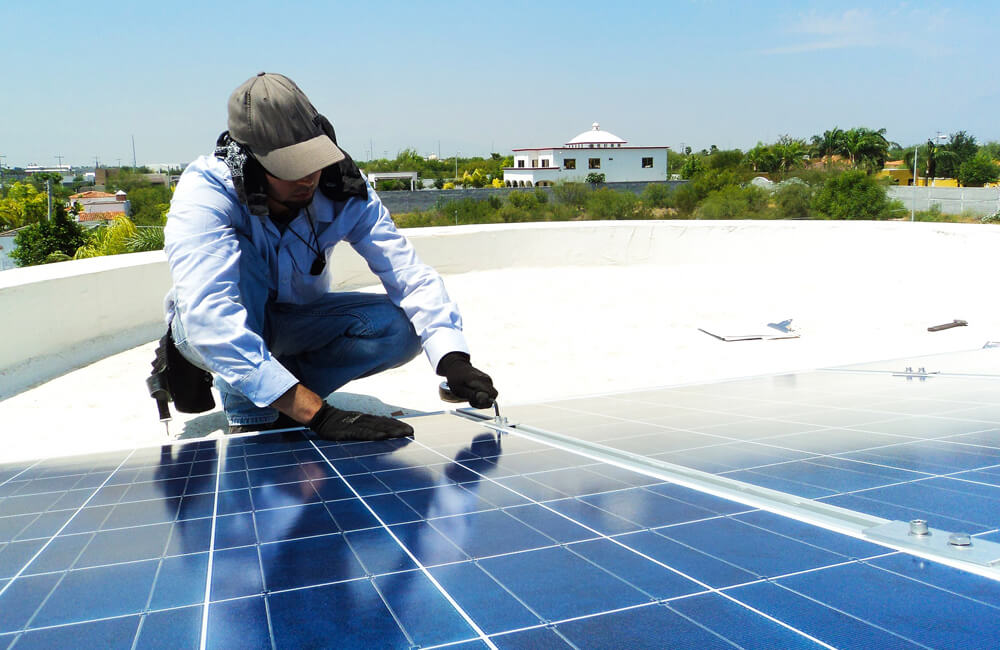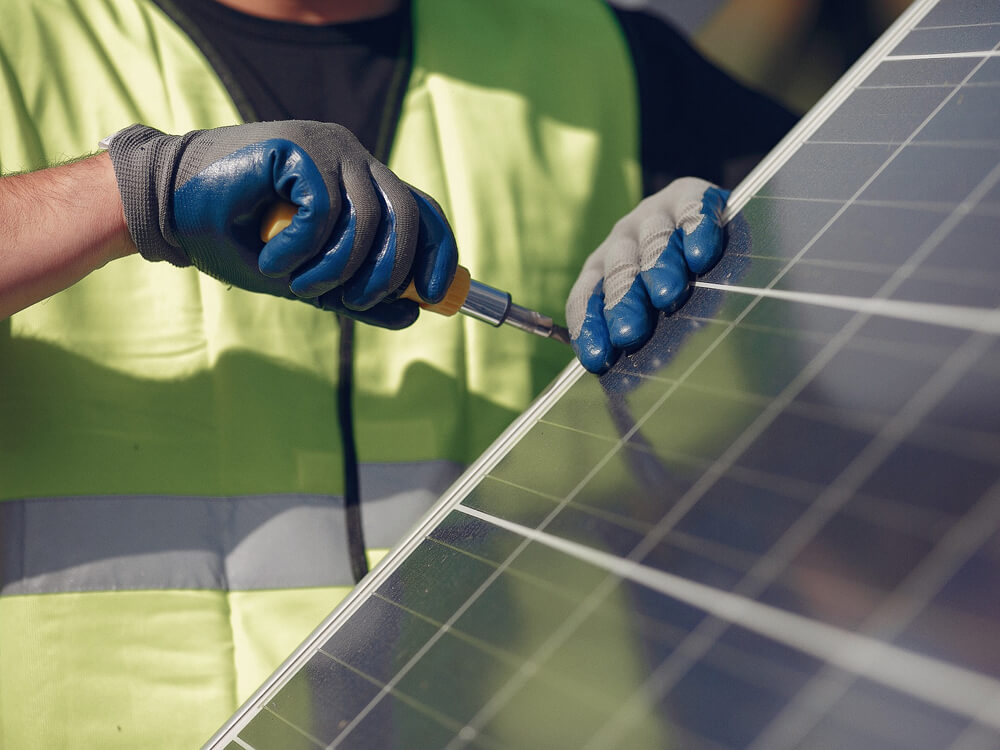L'utilisation de l'énergie solaire a gagné une immense popularité en tant que source d'énergie durable et l'installation de panneaux solaires sur les toits est une méthode courante pour exploiter cette énergie renouvelable. Dans cet article, nous vous proposons un guide étape par étape sur la manière d'installer avec succès des panneaux solaires sur votre toit, en veillant à l'efficacité et au respect des réglementations.
Évaluer l'adéquation du toit
Avant de procéder à l'installation, il est essentiel d'évaluer l'adéquation de votre toit. Des facteurs tels que l'âge, l'intégrité structurelle, l'orientation et l'ombrage doivent être pris en compte. Assurez-vous que votre toit peut supporter le poids des panneaux et recevoir un ensoleillement suffisant tout au long de la journée. En outre, tenez compte des réglementations locales et obtenez les autorisations nécessaires avant d'entamer le processus d'installation.
Déterminer le positionnement idéal
Le positionnement et l'inclinaison de vos panneaux solaires ont un impact significatif sur leur production d'énergie. Si les toits orientés vers le sud sont généralement les plus ensoleillés, les toits orientés vers l'est et l'ouest peuvent également être des options viables. Utilisez des outils en ligne ou consultez un professionnel de l'énergie solaire pour calculer l'angle d'inclinaison et d'azimut optimal en fonction de votre emplacement, en tenant compte de facteurs tels que la latitude, le climat et la production d'énergie souhaitée.
Choix du système de montage
Le choix du système de montage approprié est crucial pour la stabilité et la longévité de votre installation de panneaux solaires. Les systèmes montés sur le toit sont couramment utilisés pour les installations résidentielles en raison de leur rentabilité. Ils peuvent être fixés directement sur le toit ou montés sur un système de rayonnage. Demandez conseil à un installateur de panneaux solaires pour déterminer le système de montage le mieux adapté à vos besoins spécifiques.
Préparation de l'installation
Avant l'installation, rassemblez tous les outils et équipements nécessaires, y compris les panneaux solaires, les supports de montage, les rails, les solins et les fixations. Veillez à disposer d'une échelle ou d'un échafaudage sûrs pour accéder au toit en toute sécurité. Il est recommandé de se faire aider pour certaines tâches. Nettoyez soigneusement la zone d'installation, en enlevant tous les débris ou obstacles qui pourraient gêner le processus. Familiarisez-vous avec les instructions et les directives du fabricant pour vos panneaux solaires et votre système de montage.
Installation du système de montage
Commencez par marquer les emplacements des supports de montage sur le toit, en suivant le plan fourni par le fabricant. Veillez à la précision du marquage à l'aide d'un cordeau ou d'un niveau laser. Installez des solins et des joints étanches autour de toutes les pénétrations afin de préserver l'intégrité de la toiture. Fixez les supports de montage en veillant à ce qu'ils soient de niveau et solidement ancrés. Fixez les rails aux supports, en veillant à ce qu'ils soient correctement espacés et alignés.
Fixation des panneaux solaires
Soulevez les panneaux solaires sur les rails de montage avec précaution, en veillant à ce que l'alignement et l'espacement soient corrects, conformément aux instructions du fabricant. Fixez les panneaux aux rails à l'aide des pinces ou supports. Connectez les panneaux à l'aide des câbles et des connecteurs fournis. Suivez le schéma de câblage pour connecter les panneaux à l'onduleur, qui convertit le courant continu généré par les panneaux en courant alternatif utilisable pour votre maison.
Finalisation de l'installation
Une fois les panneaux solidement montés et raccordés, procédez à une inspection approfondie de l'installation pour vous assurer que tout est en ordre. Revérifiez toutes les connexions, resserrez toutes les fixations desserrées et vérifiez que le câblage est correctement acheminé et protégé. Si vous êtes satisfait, activez l'onduleur et surveillez les performances du système de panneaux solaires.

Conclusion de l'installation de panneaux solaires
L'installation de panneaux solaires sur votre toit peut être un investissement rentable, tant sur le plan financier que sur le plan environnemental. En évaluant soigneusement l'adéquation de votre toit, en choisissant le système de montage approprié et en suivant les étapes d'installation avec diligence, vous pouvez profiter des avantages de l'énergie solaire renouvelable tout en contribuant à un avenir plus vert.
















